Growing up in the 1970s, I never imagined the world of 2023—where my childhood dreams of talking to anyone, anywhere, became a reality through smartphones.
“2023-1954” represents a 69-year span, marking significant technological, social, and cultural changes, from early computers to global digital advancements.
Stay tuned as we take a closer look at the period from 1954 to 2023. We’ll explore the major events, social changes, and innovations that shaped our world during these years. Don’t miss out!
What is “2023-1954”?
“2023-1954” refers to the time span between the years 1954 and 2023. It represents a period of 69 years, which includes many important events, changes, and developments in history, culture, technology, politics, and other areas. This period covers a wide range of global and local transformations, from the post-World War II era to the modern day.
What big events happened between 1954 and 2023?

Here are some of the big events that happened between 1954 and 2023:
- Civil Rights Movement (1950s-1960s) – The fight for racial equality, especially in the United States, led to major changes like the Civil Rights Act of 1964 and the Voting Rights Act of 1965.
- The Moon Landing (1969) – NASA’s Apollo 11 mission landed humans on the Moon for the first time, with Neil Armstrong becoming the first person to walk on the lunar surface.
- End of the Cold War (1991) – The Cold War between the United States and the Soviet Union ended with the collapse of the Soviet Union, leading to the formation of independent countries in Eastern Europe.
- Fall of the Berlin Wall (1989) – The Berlin Wall, which had divided East and West Germany, was torn down, symbolizing the end of the division between Eastern and Western Europe.
- The Rise of the Internet (1990s-2000s) – The World Wide Web became widely accessible, revolutionizing communication, business, and entertainment.
- September 11 Attacks (2001) – Terrorist attacks on the United States led to significant global security changes and the start of the War on Terror.
- The Global Financial Crisis (2008) – A worldwide economic crisis caused by the collapse of major banks and the housing market, affecting economies and jobs globally.
- The COVID-19 Pandemic (2020-2023) – A global health crisis that began in 2019, leading to widespread illness, lockdowns, and economic disruption around the world.
- Advances in Technology (2000s-2020s) – The development of smartphones, social media, AI, and electric cars changed how people live and work.
- Climate Change Awareness (2000s-2020s) – Global awareness of climate change grew, leading to movements for environmental protection and international agreements like the Paris Agreement in 2015.
Read: Férarie – A Legacy of Speed and Style!
How has technology changed from 1954 to 2023?
Technology has changed dramatically from 1954 to 2023. Here are some key ways it has evolved:
- Computers: In 1954, computers were large and expensive, often filling entire rooms. By 2023, personal computers, laptops, and even smartphones are small, affordable, and powerful, making technology accessible to almost everyone.
- Internet: In 1954, there was no internet. By 2023, the internet has become a major part of everyday life, allowing people to connect, learn, shop, work, and entertain themselves from anywhere in the world.
- Mobile Phones: In 1954, phones were landlines used only for voice calls. By 2023, mobile phones, or smartphones, can do much more—they can browse the web, send messages, take photos, and even make payments.
- Space Exploration: In 1954, space exploration was still in its early stages. By 2023, humans have landed on the Moon, sent robots to Mars, and are planning future missions to explore deep space.
- Medical Technology: In 1954, medical technology was much simpler. Over the years, there have been major advances, like MRI machines, robotic surgeries, and new treatments for diseases such as cancer and heart disease.
- Artificial Intelligence: In 1954, computers could only do simple tasks. Today, artificial intelligence (AI) can assist in complex tasks like driving cars, understanding speech, and even helping doctors diagnose illnesses.
- Entertainment: In 1954, entertainment was mostly limited to TV shows, radio, and movies. By 2023, streaming platforms like Netflix and YouTube allow people to watch their favorite content anytime, anywhere, on various devices.
- Transportation: In 1954, cars were powered by gasoline, and air travel was limited. Today, electric cars and even self-driving cars are emerging, and air travel is faster and more accessible than ever.
Overall, technology has become faster, smaller, and more connected, making life more convenient, efficient, and exciting.
What cultural changes happened between 1954 and 2023?

Between 1954 and 2023, there were many important cultural changes around the world:
- Civil Rights and Equality Movements: The fight for civil rights gained momentum, especially in the U.S. The Civil Rights Movement in the 1960s helped end racial segregation, while women’s rights and LGBTQ+ rights also grew in importance, leading to more acceptance and legal protections.
- Rise of Pop Culture: Music, movies, and television played a huge role in shaping culture. The 1960s saw the rise of rock ‘n’ roll, while pop music, hip-hop, and digital content like YouTube became major influences by the 2000s.
- Globalization: With advances in communication and travel, cultures began to mix more than ever. People in different countries shared ideas, music, food, fashion, and technology, leading to a more connected world.
- Technology’s Impact: The internet, social media, and smartphones changed how people interact, learn, and entertain themselves. Social media became a platform for self-expression, activism, and spreading cultural trends.
- Fashion Trends: Fashion also went through major shifts, from the bold styles of the 1960s and 1970s to the grunge look of the 1990s and the rise of athleisure in the 2000s.
- Youth Culture and Activism: Younger generations became more involved in social and political movements, such as fighting for climate change, human rights, and gender equality.
These cultural changes have helped shape the world into what it is today, influencing how we live, think, and connect with one another.
Read: Ahr0chm6ly9wcm9ka2v5cy5uzxqvexv6ds1wcm9klwtlexmv – Must Know!
How did the economy change between 1954 and 2023?
The economy saw many changes between 1954 and 2023. Here’s a simple breakdown of key shifts:
Post-WWII Boom (1950s-1960s):
After World War II, many countries, especially in the West, experienced strong economic growth. People had more jobs, and living standards improved with new technologies and the rise of consumer products.
Inflation and Stagflation (1970s):
In the 1970s, many countries faced high inflation (prices rising) and unemployment, which caused economic problems. The oil crisis in 1973 made things worse, as oil prices soared, leading to higher costs for goods and services.
Globalization (1980s-2000s):
From the 1980s onward, the world became more connected. Companies started outsourcing jobs to other countries, and international trade grew. Many countries adopted free-market policies, and the internet revolutionized business and communication.
The Dot-Com Boom and Bust (1990s-2000s):
The 1990s saw rapid growth in tech companies, especially those related to the internet. However, the dot-com bubble burst in the early 2000s, causing a short economic downturn.
Financial Crisis (2008):
In 2008, the global economy faced a major crisis caused by problems in the banking system, especially in the U.S. housing market. This led to a worldwide recession, with high unemployment and a slow recovery.
Growth and Innovation (2010s-2023):
After the 2008 crisis, economies slowly started to recover. In recent years, technology has continued to grow, and new industries like renewable energy and e-commerce have boomed. However, issues like income inequality and climate change have also become more important.
Overall, the global economy became more interconnected, experienced some ups and downs, and faced challenges, but it has also seen incredible growth and innovation over the years.
How did politics change between 1954 and 2023?

Between 1954 and 2023, politics changed in several important ways:
- End of Colonialism: Many countries in Africa, Asia, and the Caribbean gained independence from European powers. This shift led to new nations forming and reshaping global politics.
- The Cold War: The rivalry between the United States and the Soviet Union dominated much of this time. This period saw the spread of democracy in some parts of the world, while communism spread in others. The Cold War ended in the early 1990s when the Soviet Union collapsed.
- Rise of Globalization: Over these decades, many countries became more interconnected through trade, communication, and international organizations like the United Nations (UN) and the World Trade Organization (WTO). This global cooperation shaped modern politics.
- More Democracy: Many countries moved toward democracy, with more nations holding elections and forming democratic governments. For example, South Africa ended apartheid, and many Eastern European countries became democracies after the fall of the Soviet Union.
- Regional Conflicts: Some regions faced ongoing political struggles, such as wars in the Middle East and civil wars in Africa. These conflicts often influenced global politics and alliances.
- Growth of International Organizations: There was a rise in international cooperation, with organizations like the European Union (EU) and the UN playing key roles in peacekeeping, trade agreements, and human rights.
- Social Movements and Rights: Political changes were also driven by movements for civil rights, gender equality, LGBTQ+ rights, and environmental protection. These movements led to new laws and changes in how societies were governed.
In summary, politics shifted from colonial empires to independent nations, from Cold War tensions to more global cooperation, and from limited democratic governments to broader rights and participation for more people.
Read: Masqlaseen – Creating A Peaceful And Calming Spot In Your Garden!
What important scientific discoveries happened from 1954 to 2023?
Here are some important scientific discoveries and advancements that happened from 1954 to 2023:
Structure of DNA (1953)
In 1953, James Watson and Francis Crick discovered the structure of DNA, which unlocked the secrets of genetics and changed biology forever.
Antibiotics and Medical Advances
In the 1950s and beyond, antibiotics like penicillin saved millions of lives, and new vaccines were developed, including the polio vaccine.
Space Exploration
In 1969, astronauts Neil Armstrong and Buzz Aldrin became the first humans to walk on the moon. This discovery helped expand our understanding of space and our place in the universe.
The Big Bang Theory (1960s)
In the 1960s, scientists like George Lemaitre and Edwin Hubble developed the theory that the universe began with a huge explosion, known as the Big Bang.
HIV and AIDS Discovery (1980s)
In the 1980s, scientists discovered the HIV virus as the cause of AIDS, leading to the development of treatments and awareness programs that have helped control its spread.
Human Genome Project (2003)
The Human Genome Project completed mapping all the genes in human DNA, providing a better understanding of genetics and helping to advance personalized medicine.
CRISPR Gene Editing (2012)
Scientists developed the CRISPR-Cas9 gene-editing tool, allowing precise changes to DNA, which has great potential for curing genetic diseases.
Climate Change Awareness (1980s – 2020s)
Over this time, scientists have gathered overwhelming evidence that human activity is causing global climate change, leading to international agreements like the Paris Agreement.
Discovery of Gravitational Waves (2015)
In 2015, scientists detected gravitational waves for the first time, confirming a key prediction of Einstein’s theory of general relativity and opening a new way to study the universe.
COVID-19 Vaccine (2020-2021)
The rapid development of COVID-19 vaccines, using mRNA technology, was a groundbreaking achievement in medicine, helping to control the global pandemic.
These discoveries and many others have reshaped our understanding of science, medicine, and the universe.
What important social movements took place between 1954 and 2023?

Here are some important social movements that took place between 1954 and 2023:
Civil Rights Movement (1950s-1960s)
This movement fought for equal rights for African Americans in the United States. It led to major changes, like the end of segregation and the passage of laws like the Civil Rights Act of 1964.
LGBTQ+ Rights Movement (1970s-Present)
The LGBTQ+ community has worked for equal rights, including the right to marry, protection from discrimination, and recognition of gender identity. Major milestones include the legalization of same-sex marriage in many countries.
Environmental Movement (1960s-Present)
This movement focuses on protecting the environment, addressing issues like pollution, climate change, and deforestation. It led to environmental laws, the creation of Earth Day, and global efforts like the Paris Agreement on climate change.
Disability Rights Movement (1970s-Present)
This movement fought for the rights of people with disabilities, advocating for equal access to education, jobs, and public spaces. The Americans with Disabilities Act (ADA) of 1990 was a major victory.
Black Lives Matter (2013-Present)
This movement started in response to police violence against African Americans and aims to end racial injustice. It has brought attention to issues like police brutality and systemic racism worldwide.
Youth Climate Movement (2000s-Present)
Young people around the world, inspired by activists like Greta Thunberg, have organized to demand action on climate change. This movement calls for stronger government action and policies to protect the planet for future generations.
Read: Çeviit – You Must Know!
FAQs About 2023-1954
1. How did entertainment change between 1954 and 2023?
Entertainment evolved from TV and radio dominance to the rise of streaming services, video games, and social media, drastically changing how we consume media.
2. What was the Civil Rights Movement and why was it important?
The Civil Rights Movement was a fight by African Americans to end segregation and gain equal rights. It helped end laws that treated people differently based on their race, leading to important laws like the Civil Rights Act of 1964.
3. What were the most impactful inventions between 1954 and 2023?
Inventions like the personal computer, the internet, smartphones, and medical breakthroughs such as MRIs revolutionized industries and daily life.
4. How did the Women’s Liberation Movement change society?
This movement pushed for women’s rights, focusing on issues like equal pay, voting rights, and better treatment at work and home. It helped improve laws and attitudes toward gender equality.
5. What is the Disability Rights Movement?
The Disability Rights Movement advocates for people with disabilities to have the same opportunities as others. It has led to laws ensuring accessibility in public spaces and equal treatment in education and work.
Conclusion:
The period from 1954 to 2023 has seen major changes in technology, politics, and society. Key events like the Civil Rights Movement, the rise of the internet, and the fight for gender and LGBTQ+ equality have shaped modern life.
Despite challenges like wars and climate change, this era has brought progress and transformation. The lessons from these years continue to influence the world, helping guide future growth and solutions to global issues.

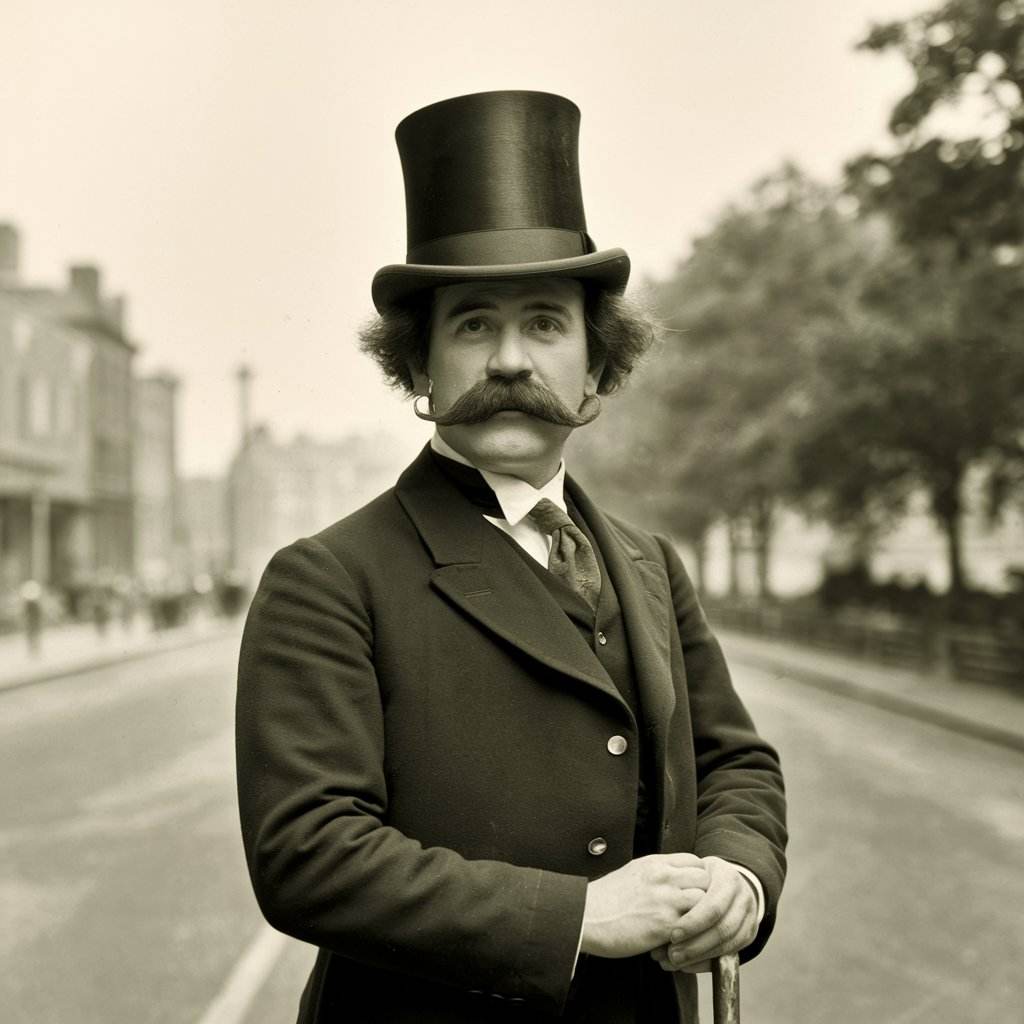


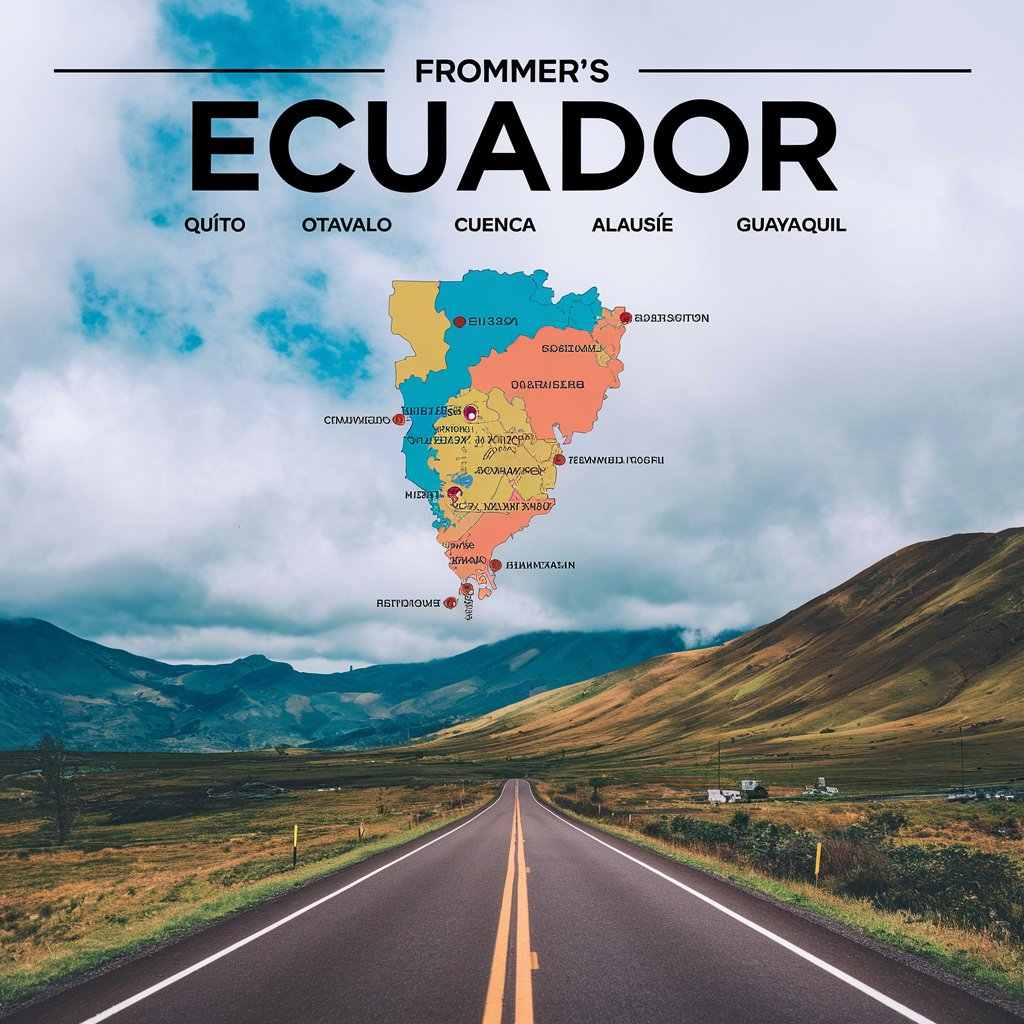





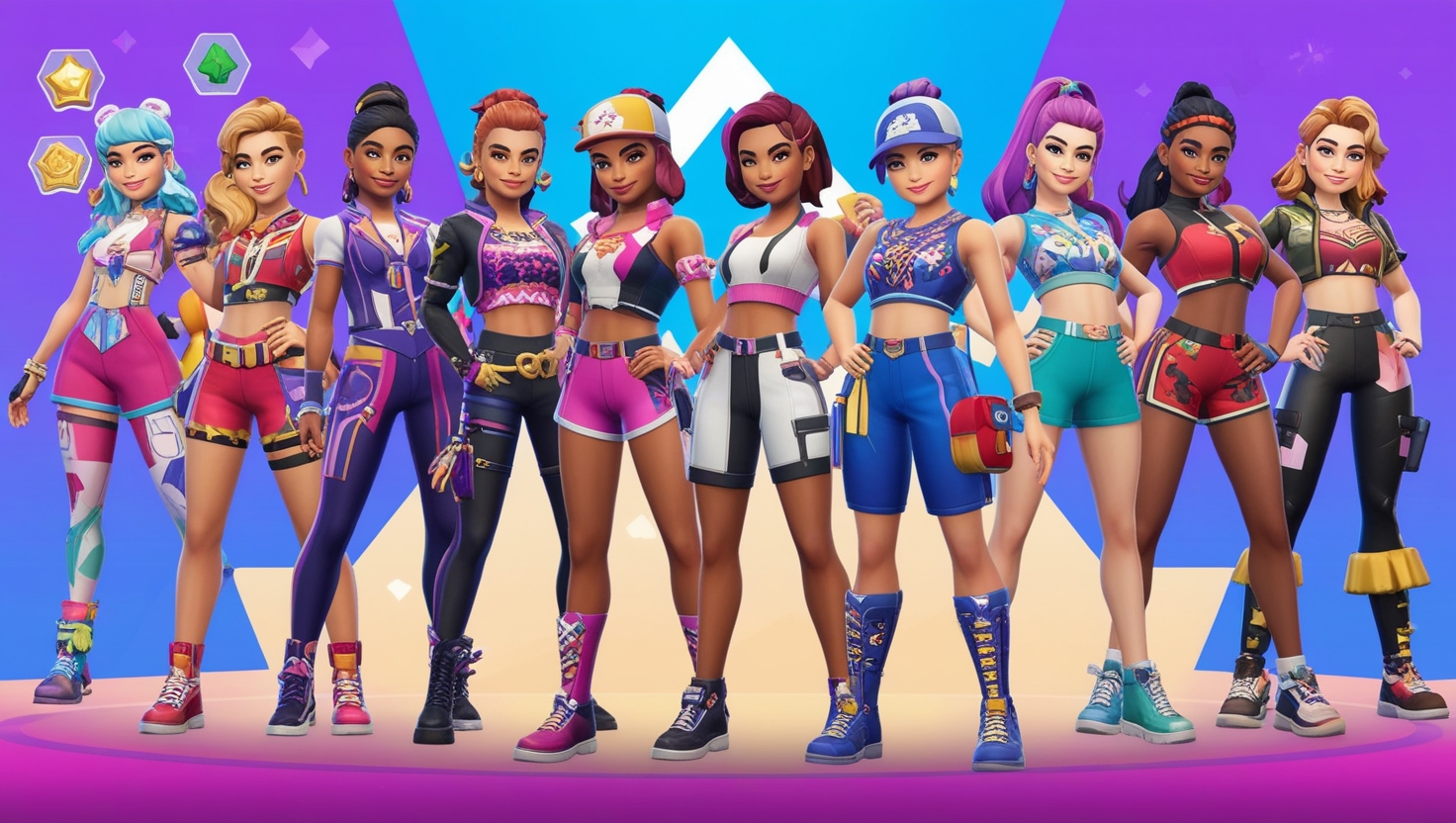

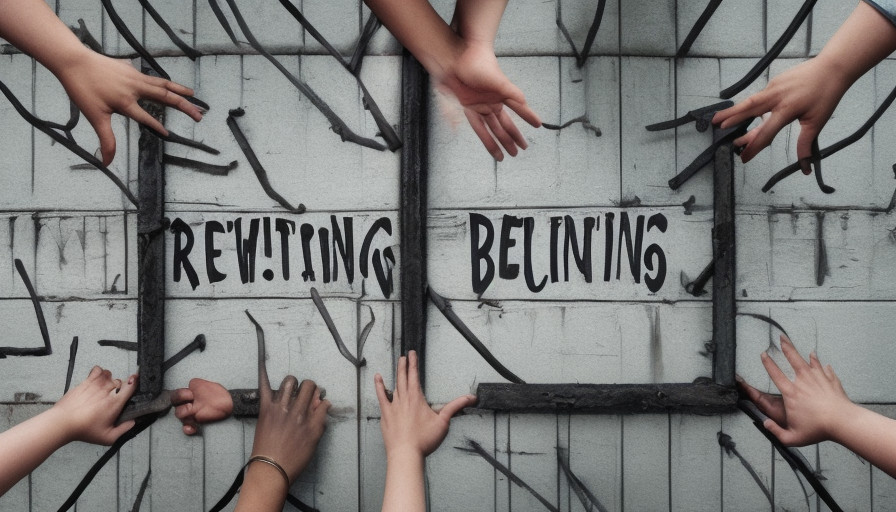


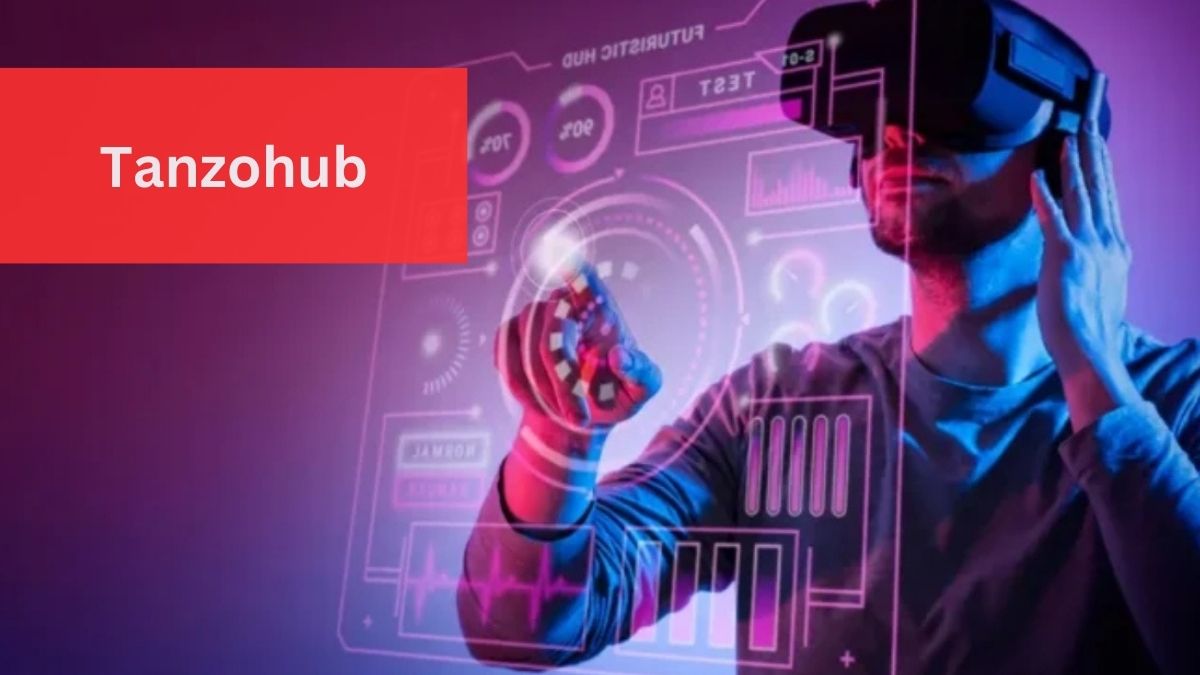






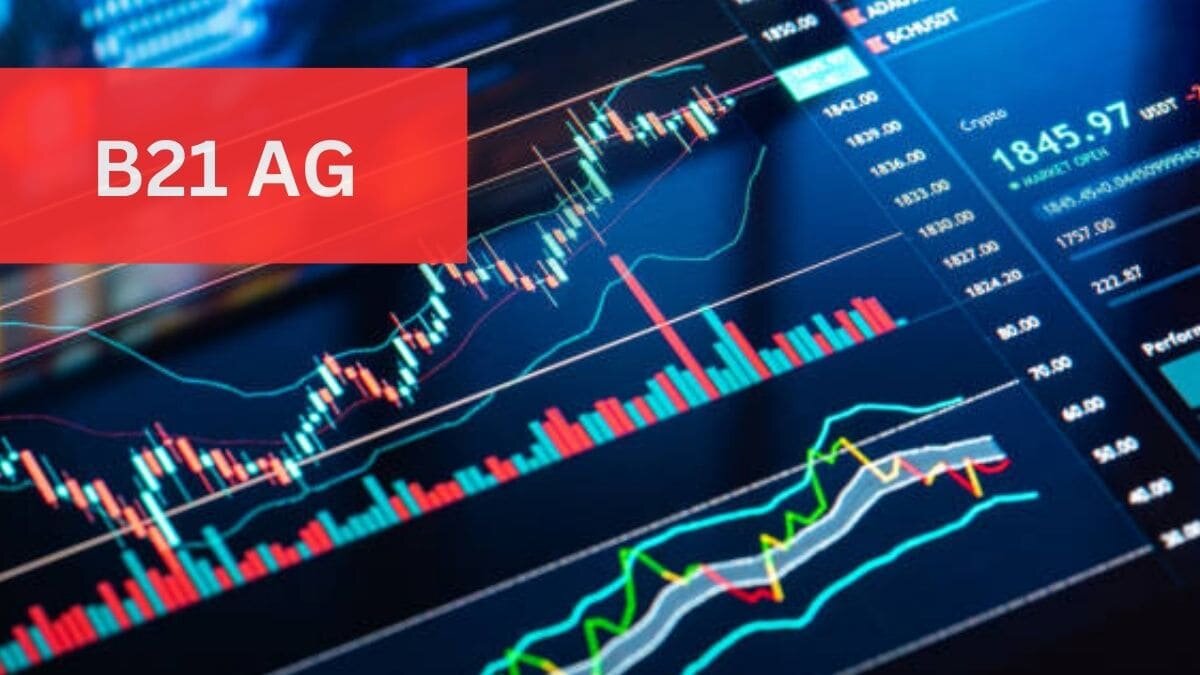





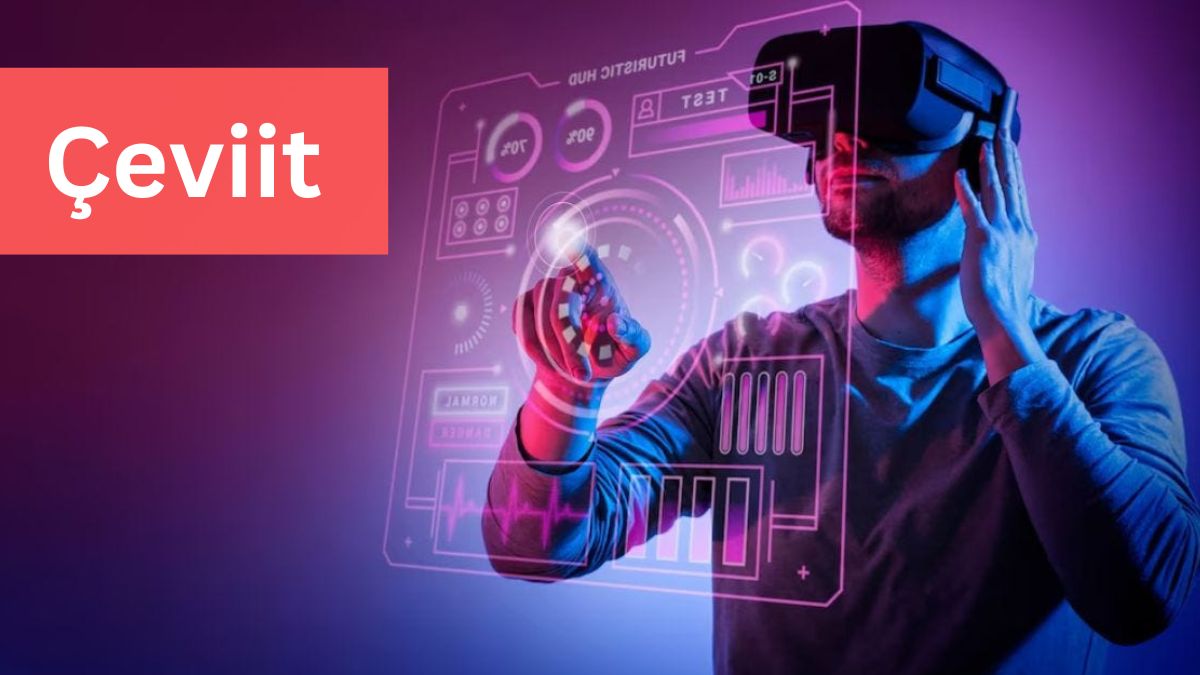








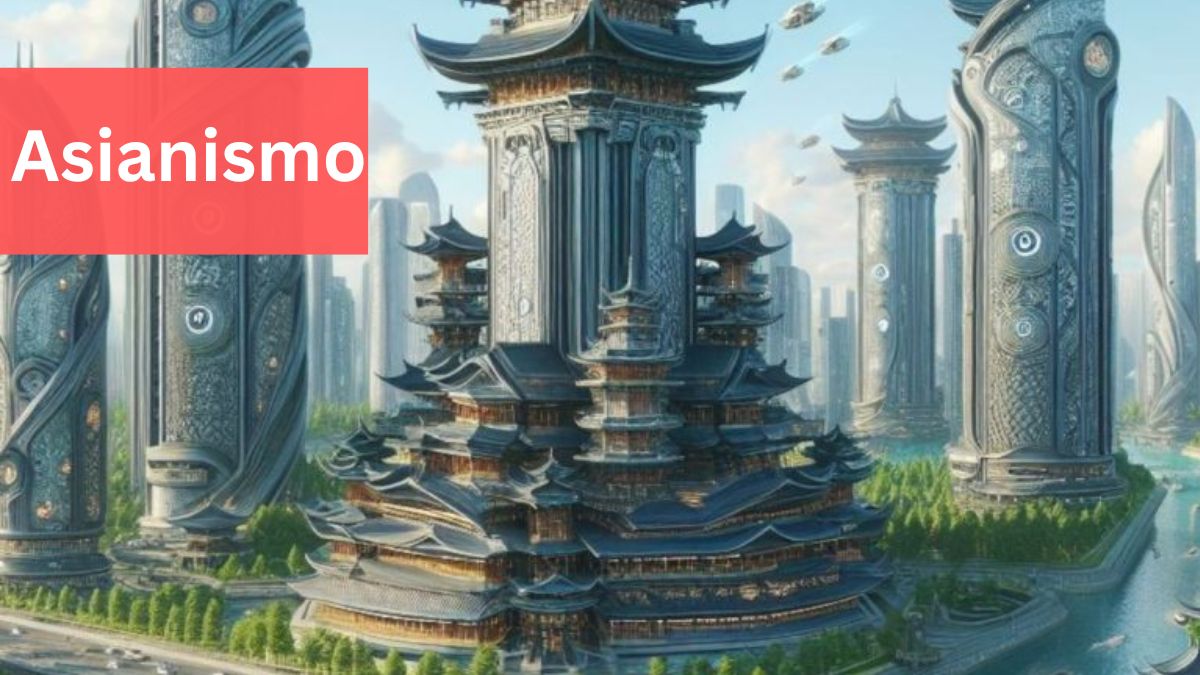





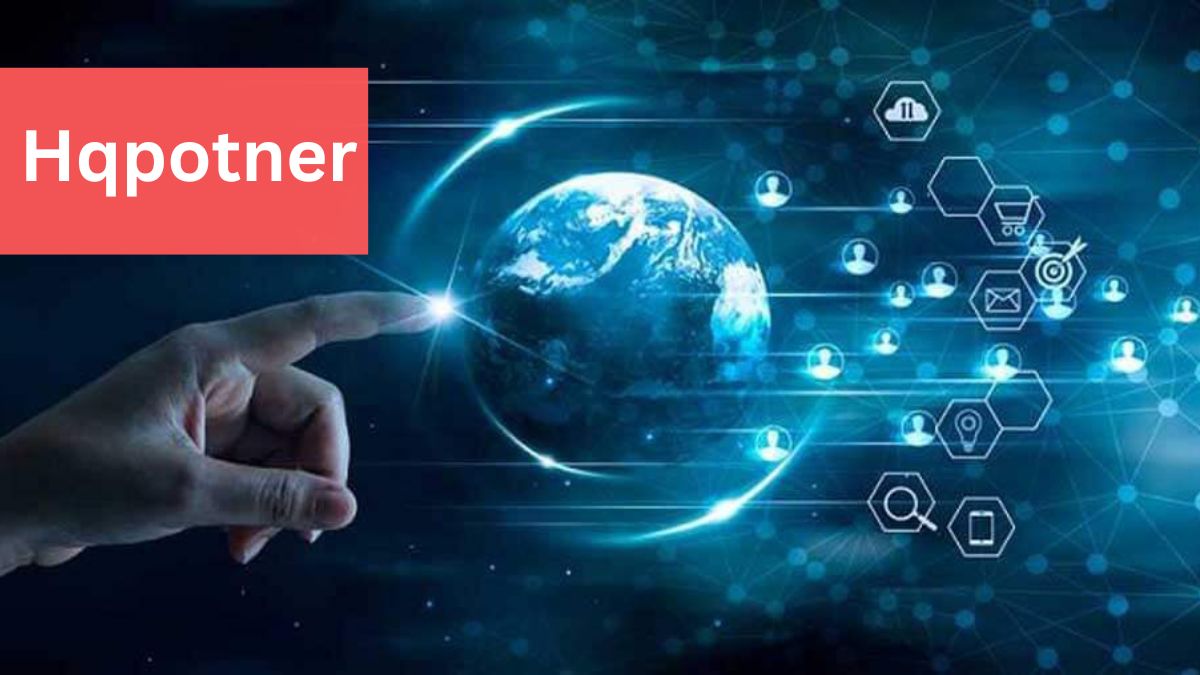

Leave a Reply